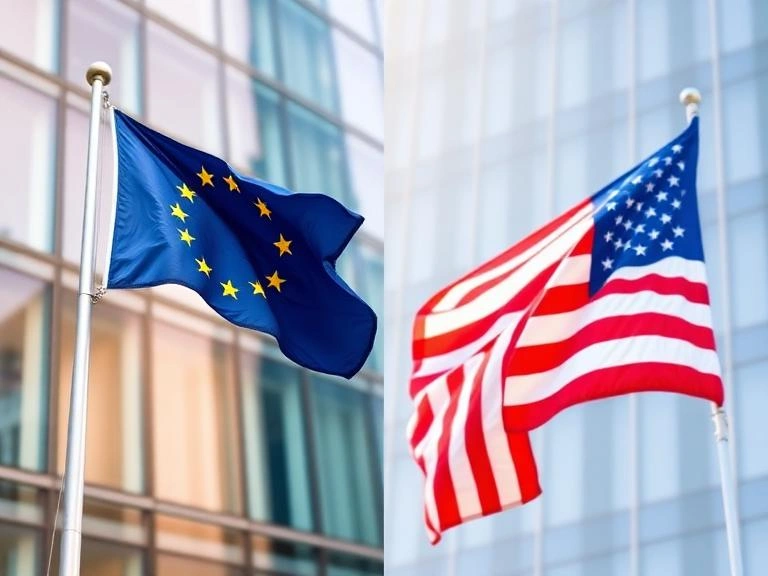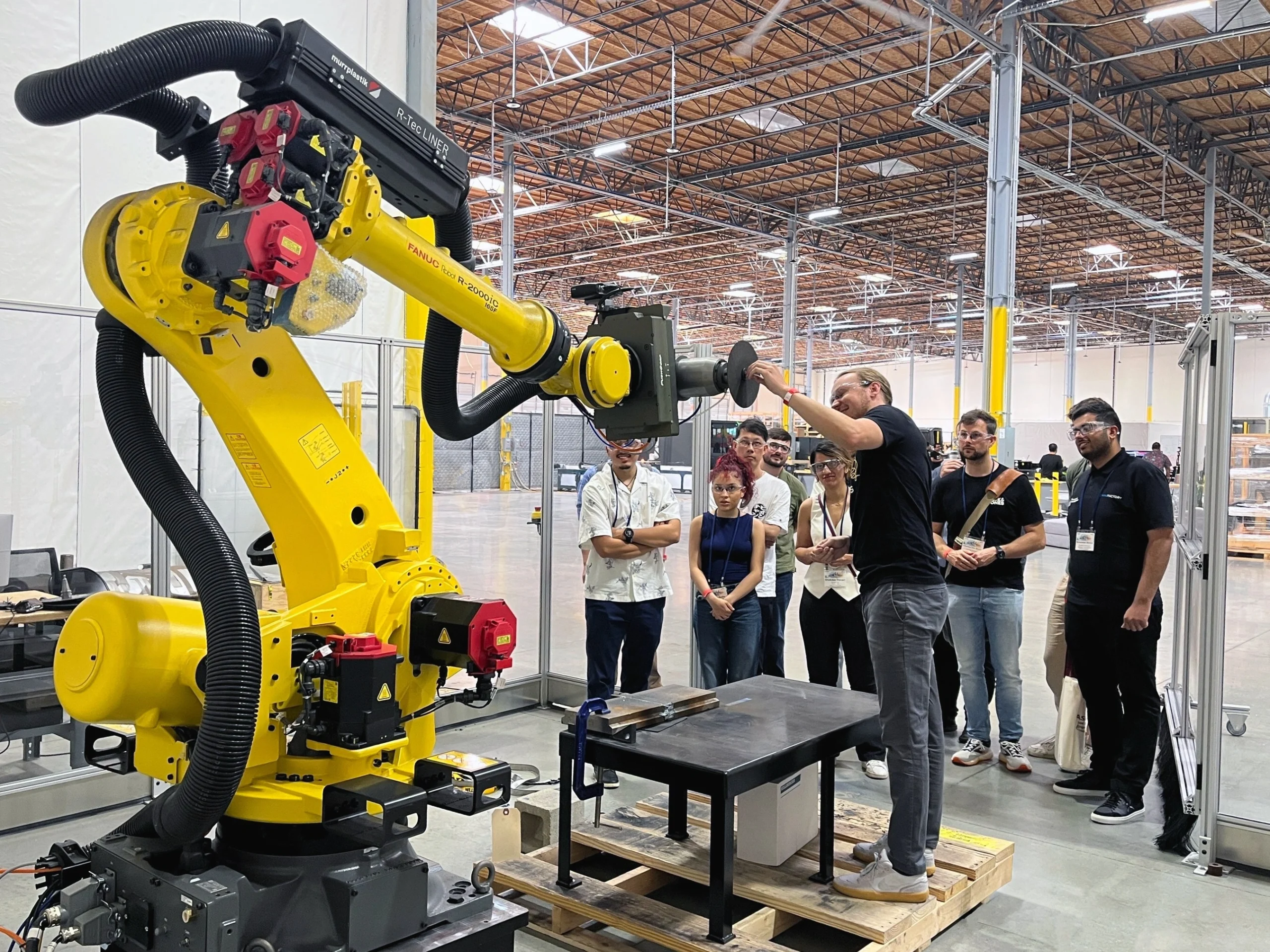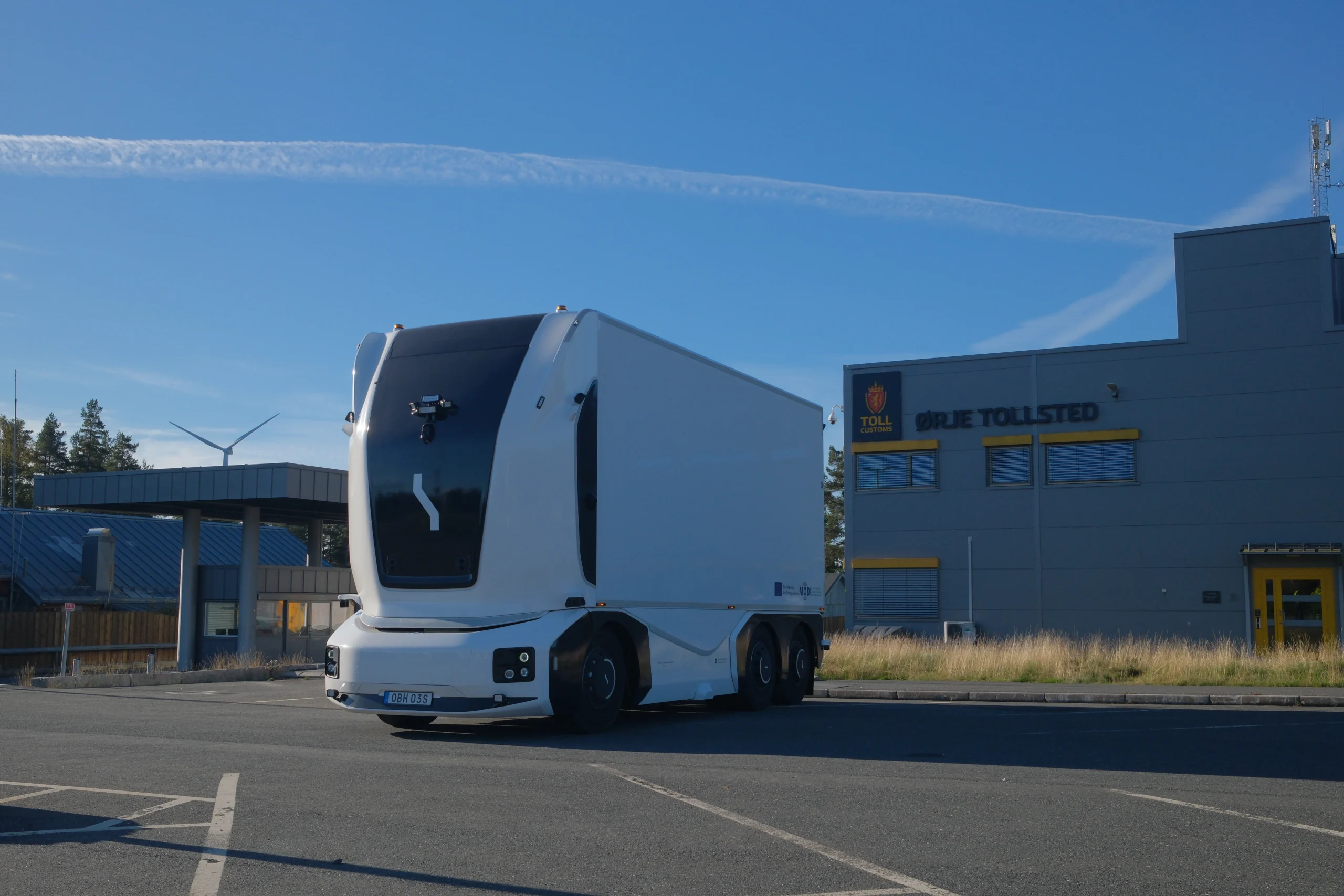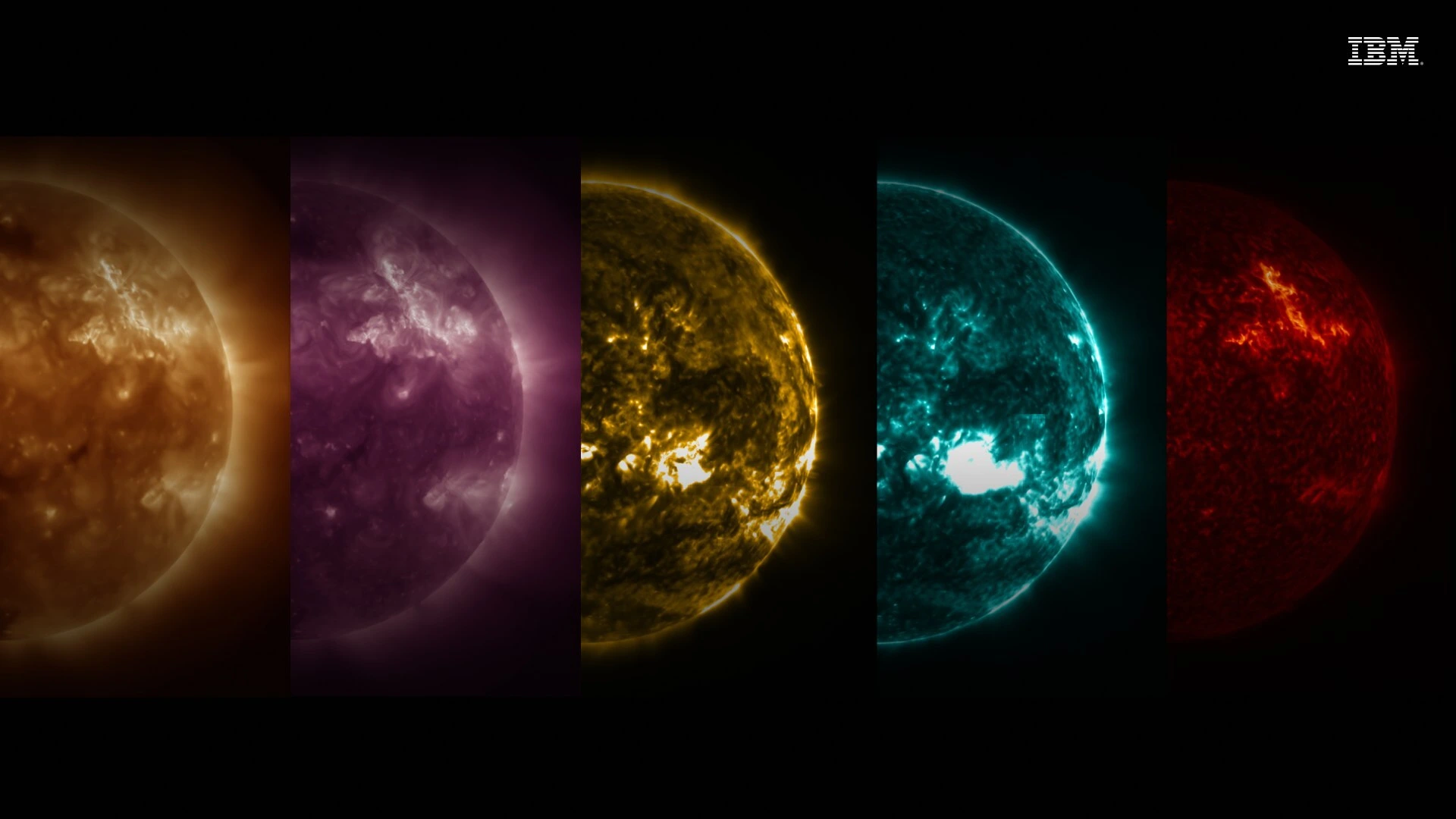How new automotive technologies accelerate Europe’s transition to a sustainable future

John E. Kaye
- Published
- Home, Technology
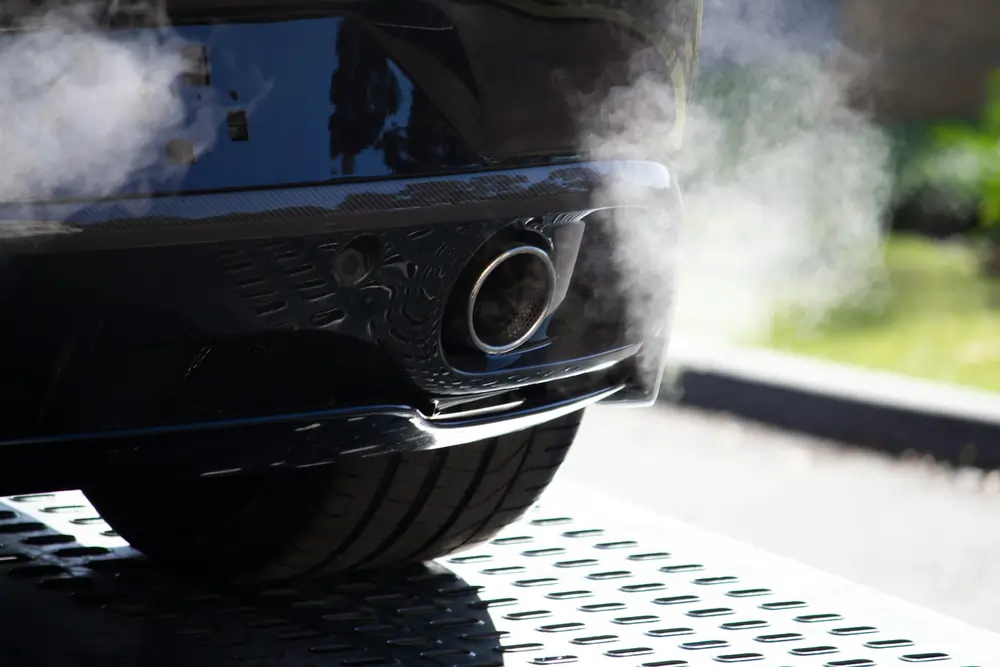
The transition to a more sustainable future is one of Europe’s most pressing challenges today. The automotive industry plays a key role in this process, as transportation is one of the main sources of carbon emissions. Modern technologies in vehicles — from hybrid and electric solutions to advanced catalysts — are becoming essential tools that help accelerate Europe’s shift to an environmentally friendly future.
Impact of Automotive Technologies on Ecology
Traditional internal combustion engine (ICE) vehicles still dominate the market, but their share is gradually decreasing. The European Union is actively implementing initiatives aimed at reducing carbon emissions and improving air quality. One of the most prominent examples of such technologies is hybrid and electric vehicles. Since 2019, electric vehicle sales in Europe have increased by 115%, and this trend will continue as new models become more affordable and charging infrastructure expands.
The Role of Catalysts in EU Environmental Policy
Catalysts have become a crucial element of the EU’s environmental strategy. These devices, installed in vehicle exhaust systems, reduce the amount of harmful substances released into the atmosphere. Catalysts convert toxic gases such as carbon monoxide, nitrogen oxides, and hydrocarbons into less harmful compounds like carbon dioxide, nitrogen, and water vapor. This helps reduce air pollution and improves the overall ecological situation, especially in large cities where pollution levels are particularly high.
Modern catalysts use metal coatings such as platinum, palladium, and rhodium to effectively catalyze chemical reactions. The catalytic converter in a Corsa D model significantly reduces harmful emissions, making it more eco-friendly even if the vehicle still runs on traditional fuel. This technological element helps many vehicles meet strict environmental standards, especially in the EU.
The European Union is also tightening its vehicle requirements to encourage the use of more efficient catalysts and other technologies for emission reduction. In 2022, the EU introduced the Euro 6 standards, which further tighten emission requirements for ICE vehicles, including stricter limits on NOx and CO2 emissions. This is pushing automakers to find new solutions to improve vehicle ecology.
Catalysts as Part of the Carbon Emissions Reduction Strategy
The importance of catalysts extends beyond just reducing the toxicity of exhaust gases. They also play a key role in the EU’s broader strategy for cutting carbon emissions and reducing climate impact. As part of the plan to reduce emissions by 55% by 2030, the EU aims to increase the share of eco-friendly vehicles and improve the exhaust systems of traditional vehicles.
In this context, catalysts, such as those used in the Corsa D model and other vehicles, remain an essential element in reducing carbon footprints, even if the vehicle continues to run on gasoline or diesel. However, in the long run, the EU is focusing more on transitioning to electric and hydrogen-powered vehicles, which will reduce reliance on catalysts, but these devices will still play a vital role in achieving cleaner and more sustainable transportation.
Transition to Hybrid and Electric Solutions
In recent years, the European Union has significantly increased support for hybrid and electric vehicles, including subsidies, tax incentives, and improving charging infrastructure. Electric vehicles (EVs) are now more accessible and have a significantly lower carbon footprint compared to traditional ICE vehicles. Furthermore, advances in battery technology have led to improved driving ranges on a single charge, addressing one of the main concerns with EVs.
The transition from traditional vehicles to hybrid and electric solutions is not limited to just technological progress. EU countries are actively investing in creating charging stations, improving urban infrastructure, and implementing policies that encourage the shift to sustainable transportation. For instance, in Norway, over 50% of all new cars sold are electric, and the country is strongly supporting the development of EV infrastructure.
Statistics: The Growth of Electric Vehicle Sales in Europe
| Year | Electric Vehicle Sales in Europe (million units) | Market Share (%) |
| 2019 | 0.4 | 3.0 |
| 2020 | 1.4 | 10.0 |
| 2021 | 2.0 | 15.0 |
| 2022 | 2.5 | 18.0 |
| 2023 (estimated) | 3.1 | 20.0 |
According to the European Automobile Manufacturers Association (ACEA), electric vehicle sales in Europe have increased significantly in recent years. This demonstrates the growing interest in sustainable technologies and the drive to meet carbon emissions reduction goals.
Conclusion
New automotive technologies, such as catalysts and electric vehicles, are becoming vital tools for the EU in the fight for a sustainable future. The shift from traditional ICE vehicles to hybrid and electric solutions is helping significantly reduce carbon emissions and improve the ecological situation in Europe. Despite the challenges that remain, such as the need to expand infrastructure and improve the affordability of electric vehicles, it is clear that the automotive industry is continuing to move towards a cleaner and more sustainable future.
Sign up to The European Newsletter
RECENT ARTICLES
-
 Make boards legally liable for cyber attacks, security chief warns
Make boards legally liable for cyber attacks, security chief warns -
 AI innovation linked to a shrinking share of income for European workers
AI innovation linked to a shrinking share of income for European workers -
 Europe emphasises AI governance as North America moves faster towards autonomy, Digitate research shows
Europe emphasises AI governance as North America moves faster towards autonomy, Digitate research shows -
 Surgeons just changed medicine forever using hotel internet connection
Surgeons just changed medicine forever using hotel internet connection -
 Curium’s expansion into transformative therapy offers fresh hope against cancer
Curium’s expansion into transformative therapy offers fresh hope against cancer -
 What to consider before going all in on AI-driven email security
What to consider before going all in on AI-driven email security -
 GrayMatter Robotics opens 100,000-sq-ft AI robotics innovation centre in California
GrayMatter Robotics opens 100,000-sq-ft AI robotics innovation centre in California -
 The silent deal-killer: why cyber due diligence is non-negotiable in M&As
The silent deal-killer: why cyber due diligence is non-negotiable in M&As -
 South African students develop tech concept to tackle hunger using AI and blockchain
South African students develop tech concept to tackle hunger using AI and blockchain -
 Automation breakthrough reduces ambulance delays and saves NHS £800,000 a year
Automation breakthrough reduces ambulance delays and saves NHS £800,000 a year -
 ISF warns of a ‘corporate model’ of cybercrime as criminals outpace business defences
ISF warns of a ‘corporate model’ of cybercrime as criminals outpace business defences -
 New AI breakthrough promises to end ‘drift’ that costs the world trillions
New AI breakthrough promises to end ‘drift’ that costs the world trillions -
 Watch: driverless electric lorry makes history with world’s first border crossing
Watch: driverless electric lorry makes history with world’s first border crossing -
 UK and U.S unveil landmark tech pact with £250bn investment surge
UK and U.S unveil landmark tech pact with £250bn investment surge -
 International Cyber Expo to return to London with global focus on digital security
International Cyber Expo to return to London with global focus on digital security -
 Cybersecurity talent crunch drives double-digit pay rises as UK firms count cost of breaches
Cybersecurity talent crunch drives double-digit pay rises as UK firms count cost of breaches -
 Investors with €39bn AUM gather in Bologna to back Italy’s next tech leaders
Investors with €39bn AUM gather in Bologna to back Italy’s next tech leaders -
 Axians and Nokia expand partnership to strengthen communications infrastructure across EMEA
Axians and Nokia expand partnership to strengthen communications infrastructure across EMEA -
 Forterro buys Spain’s Inology to expand southern Europe footprint
Forterro buys Spain’s Inology to expand southern Europe footprint -
 Singapore student start-up wins $1m Hult Prize for education platform
Singapore student start-up wins $1m Hult Prize for education platform -
 UK businesses increase AI investment despite economic uncertainty, Barclays index finds
UK businesses increase AI investment despite economic uncertainty, Barclays index finds -
 Speed-driven email security: effective tactics for phishing mitigation
Speed-driven email security: effective tactics for phishing mitigation -
 Short circuit: humanoids go for gold at first 'Olympics for robots'
Short circuit: humanoids go for gold at first 'Olympics for robots' -
 New IBM–NASA AI aims to forecast solar flares before they knock out satellites or endanger astronauts
New IBM–NASA AI aims to forecast solar flares before they knock out satellites or endanger astronauts -
 AI is powering the most convincing scams you've ever seen
AI is powering the most convincing scams you've ever seen



